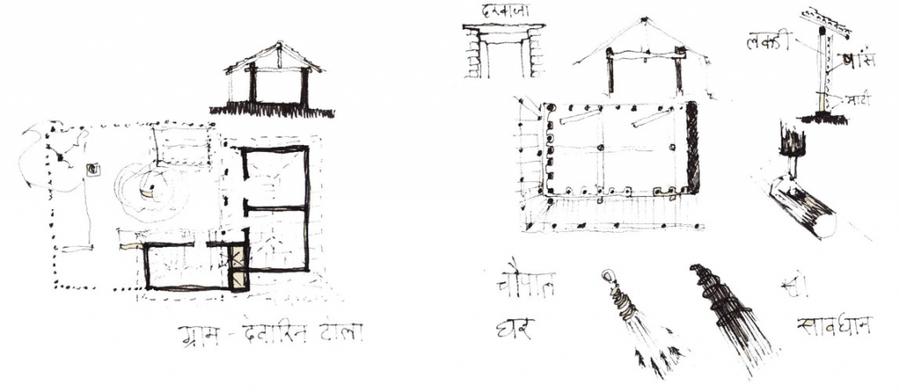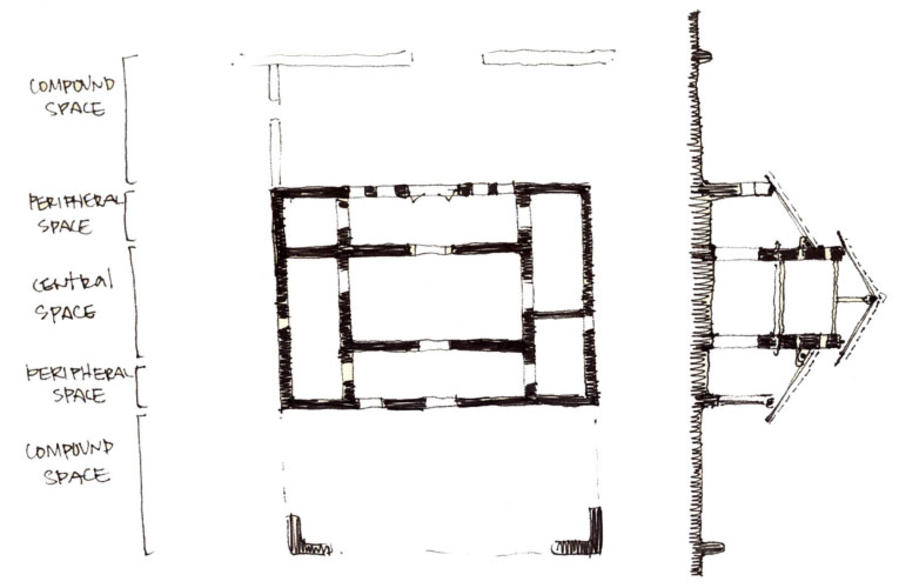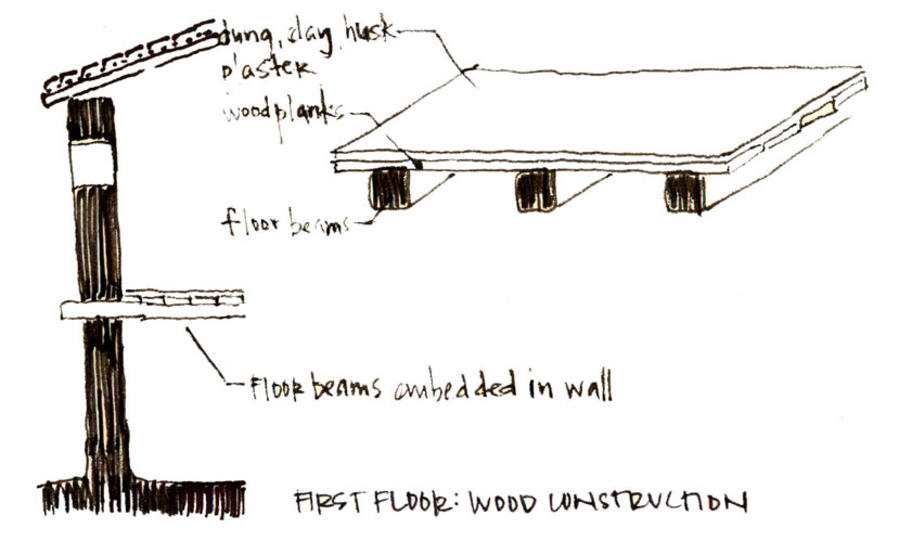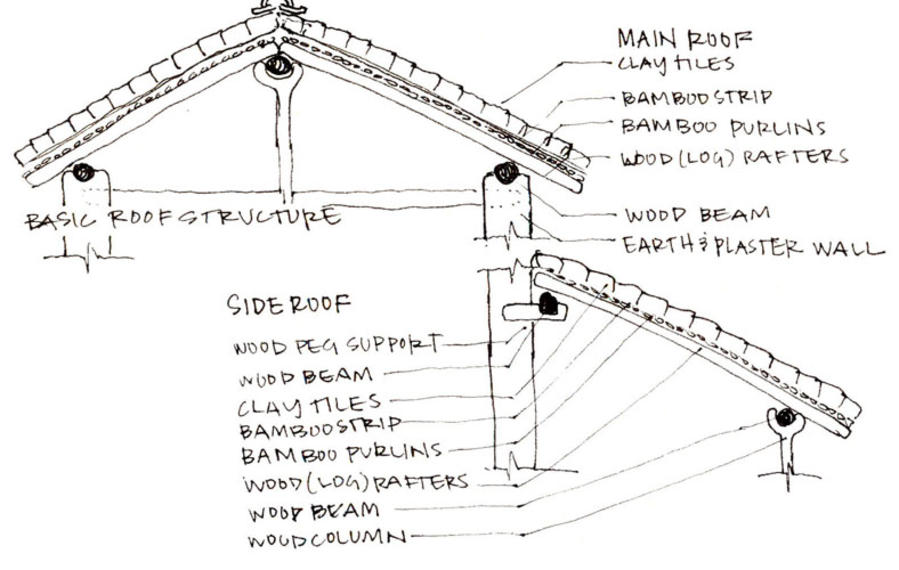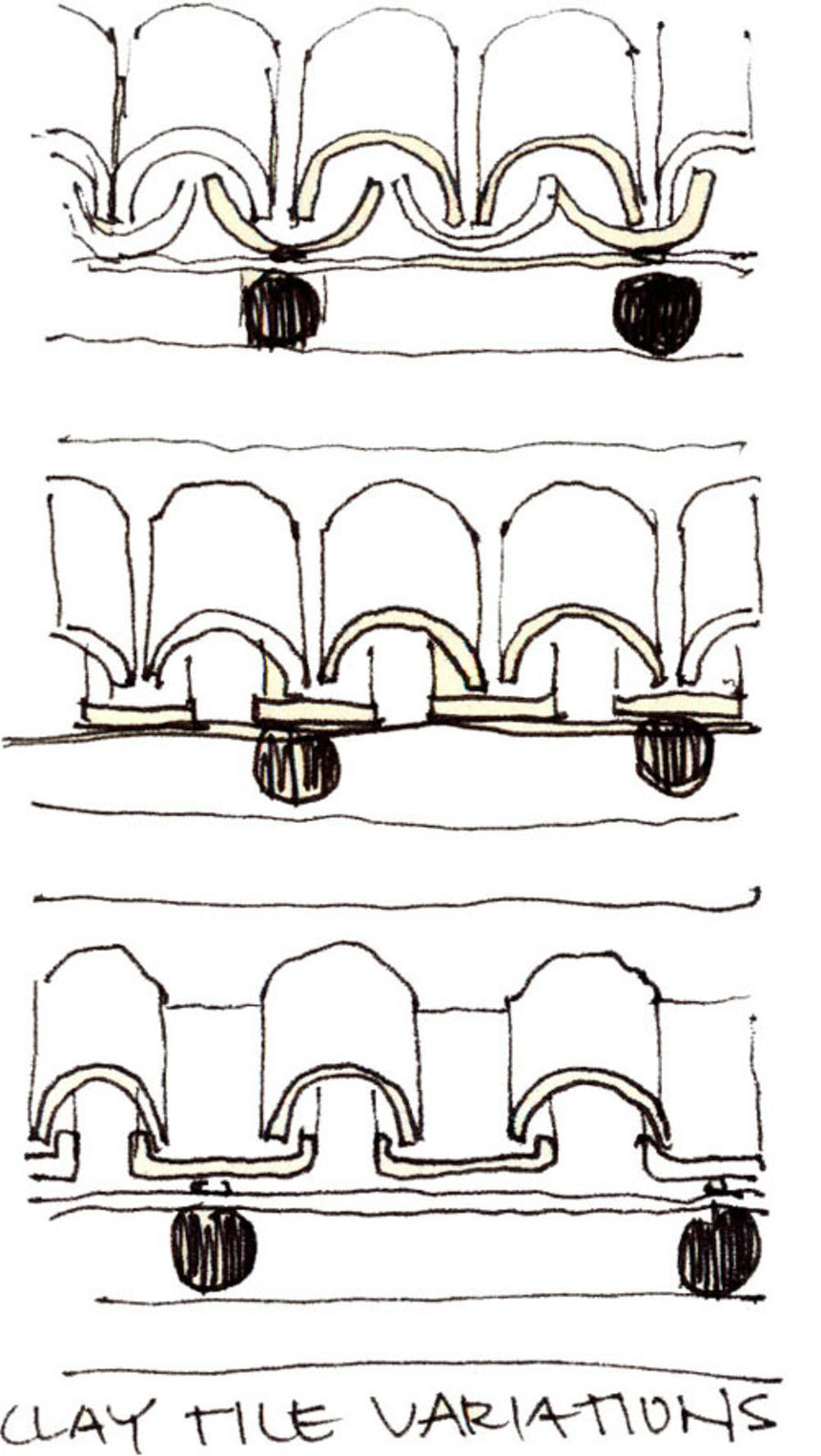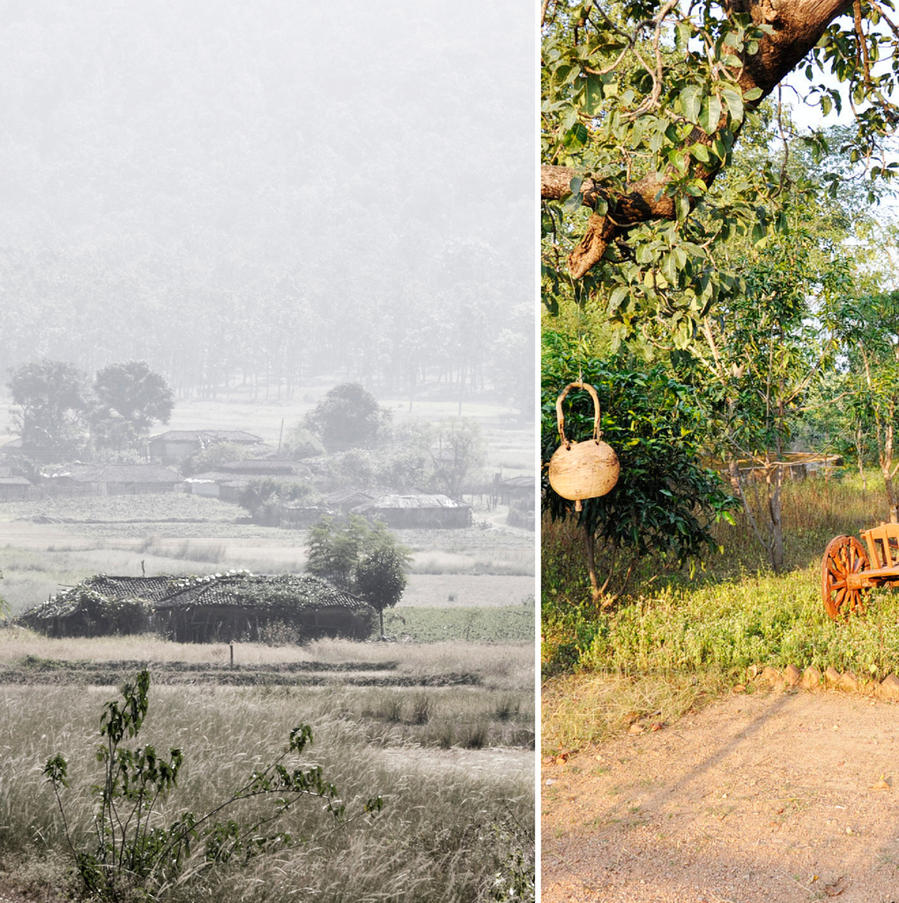The central zone of India is the home of many natural reserves that support important biodiversity in the subcontinent, fifteen percent of the world’s tiger population, and traditional practices of local tribes such as the Gond, Bega, Korku, Bhil and Kol. The tiger in particular is currently threatened by deforestation and other unsustainable practices in the region. As part of the effort to protect the endangered species, WWF–India works to form and protect corridors around the tiger reserves, which will improve their genetic diversity and bring about a rise in population.
The Niek van Heijst Conservation Community Centre, locally known as “Niek Centre”, is part of WWF-India’s effort to conserve tiger habitat in the central zone of India through the provision and protection of corridors between the tiger reserves. As a resource center for local villagers, it works to create an environment of innovation that aids not only in village development, but also in sensitization toward the needs of tigers in a now fragile ecological landscape.
The project to expand the Niek Centre as a place of contact, education and mutual progress for tribal villages, operates with three basic objectives: tiger corridor conservation, village economic growth, and tribal cultural evolution.
As a basis for the architectural approach of the Niek Centre, we undertook a study of the context in which the project must thrive. Our work examines the existing architecture of rural tribal settlements through an analysis of the architectural elements, their spatial configurations, and local settlement patterns.
